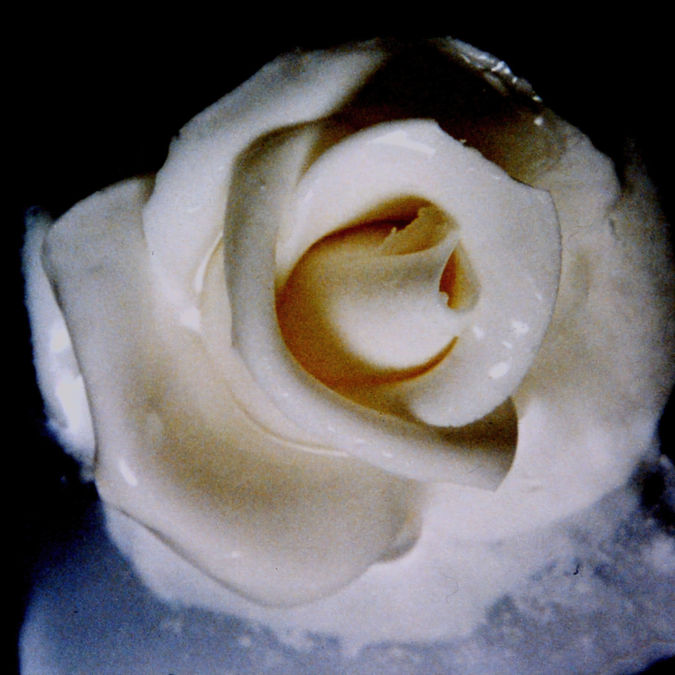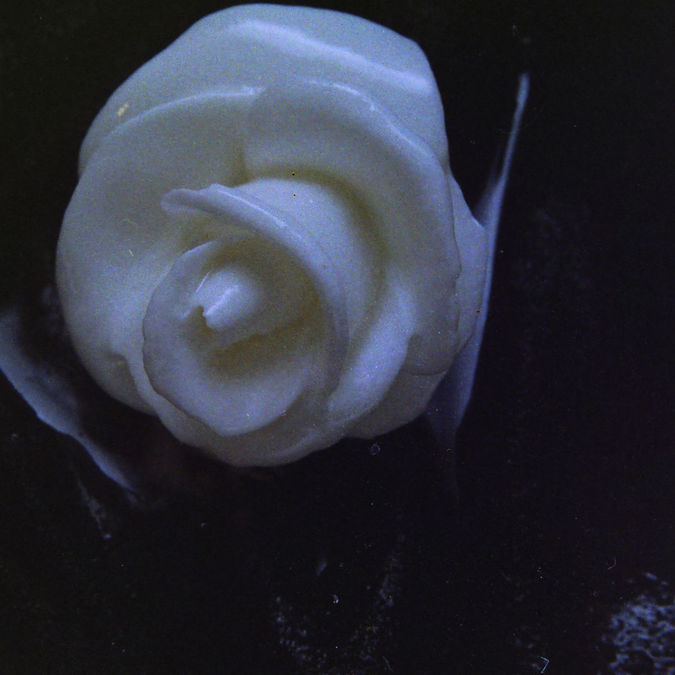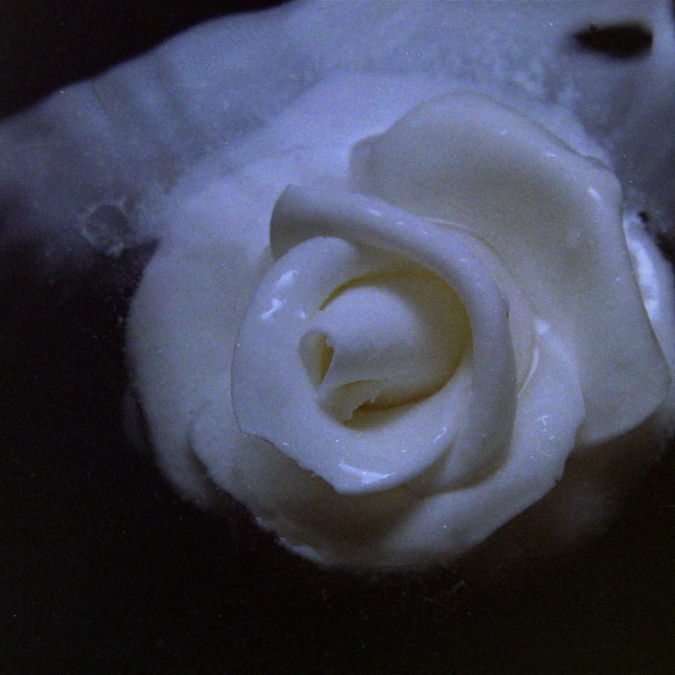In Search Of Entropic Perfection
The proposal came about by understanding the writing of the Artist Robert Smithson. In his analogy of the sand box, he describes an entropic episode using sand. [In search of entropic perfection] which is a series of photographs devised by the decay of a sugar rose shares that theme. The theme of beauty decaying, but not returning. Decay that can only be perpetuated with the use of cinematography. This need to perpetuate led me to create a visual piece that encapsulates that desire to see something that has decayed and died, to be reborn. [In search], gives a new angle to the possibilities of what can be. Below is the philosophy of where the initial idea developed. Entropy, Robert Smithson and Matta-Clark I should now like to prove the irreversibility of eternity by using a jejeune experiment for proving entropy. Picture in your minds eye the sand box divided in half with black sand on one side and white sand on the other. We take a child and have him run hundreds of times clockwise in the box until the sand gets mixed and begins to turn grey; after that we have him run anti-clockwise, but the result will not be the restoration of the original division but a greater degree of greyness and an increase of entropy. Of course, if we filmed such an experiment we could prove the reversibility of eternity by showing the film backwards, but then sooner or later the film itself would crumble or get lost and enter the state of irreversibility. Robert Smithson Robert Smithson, The Monuments of Passaic, Artforum 7, no: 4:48-51, Dec 1967; also Nancy Holt (ed), The Writings of Robert Smithson, New York University Press, New York 1979, pp.52-57; reprinted in Robert Hobbs, Robert Smithson: Sculpture, Cornell University Press, New York 1981, pp.90-94





















